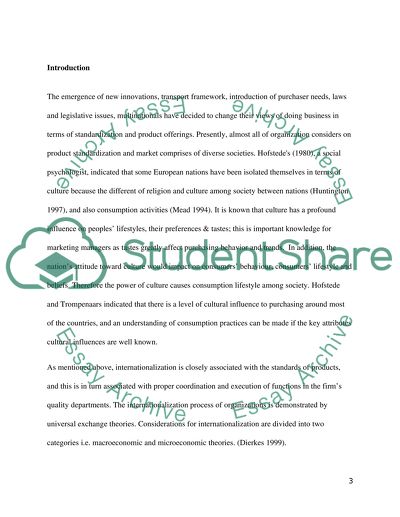Cite this document
(“The effect of culture in International Marketing Essay”, n.d.)
The effect of culture in International Marketing Essay. Retrieved from https://studentshare.org/marketing/1645955-the-effect-of-culture-in-international-marketing
The effect of culture in International Marketing Essay. Retrieved from https://studentshare.org/marketing/1645955-the-effect-of-culture-in-international-marketing
(The Effect of Culture in International Marketing Essay)
The Effect of Culture in International Marketing Essay. https://studentshare.org/marketing/1645955-the-effect-of-culture-in-international-marketing.
The Effect of Culture in International Marketing Essay. https://studentshare.org/marketing/1645955-the-effect-of-culture-in-international-marketing.
“The Effect of Culture in International Marketing Essay”, n.d. https://studentshare.org/marketing/1645955-the-effect-of-culture-in-international-marketing.


